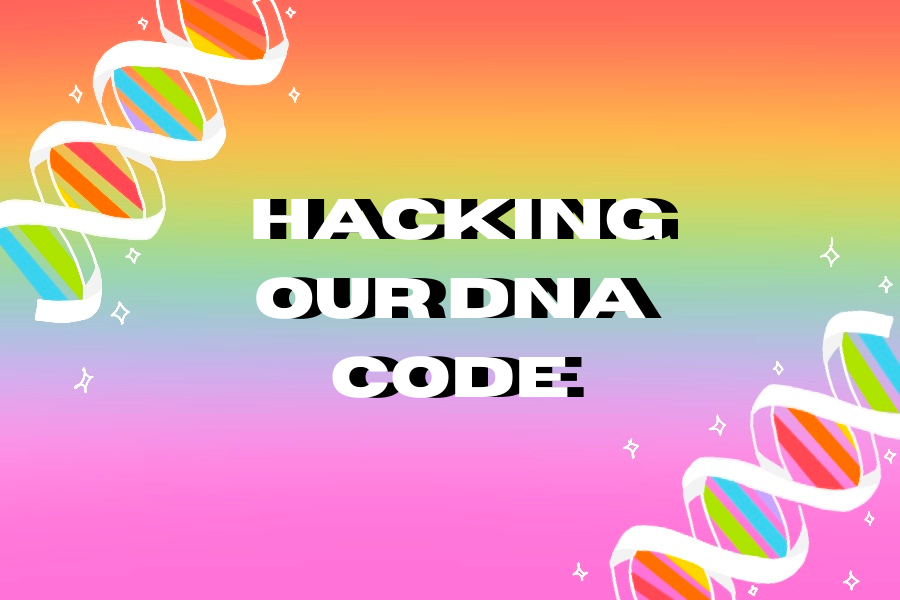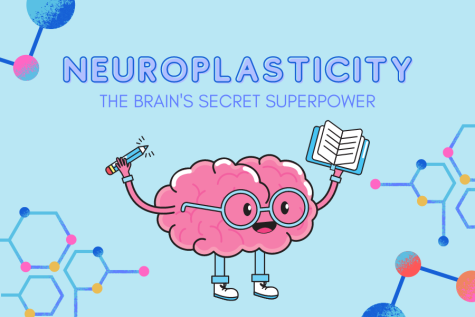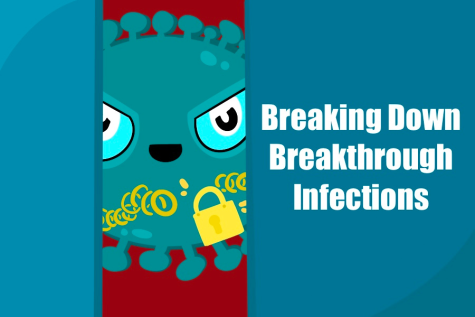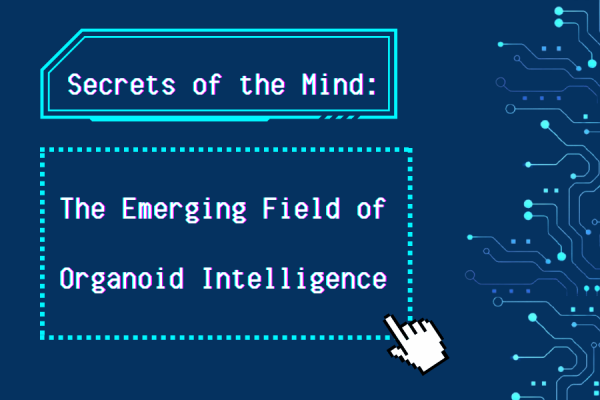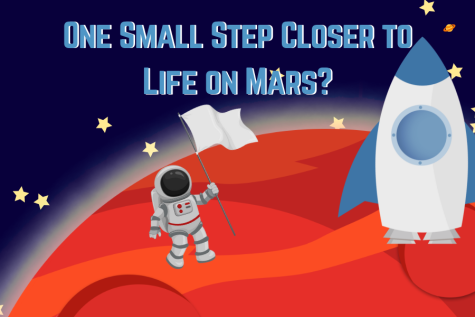Hacking Our DNA Code
Guinness Records have been broken and the time required for DNA sequencing has been cut almost in half! So what? Well, DNA sequencing can find out and prevent genetic mutations before they turn into deadly diseases, which can save your life.
What is DNA sequencing?
DNA sequencing is the process of determining the sequence of the nitrogenous bases of DNA. DNA is made up of 4 different organic bases: adenine, thymine, guanine and cytosine. Adenine always pairs with thymine while cytosine always pairs with guanine. DNA contains the basic genetic material that makes up everything. Genome sequencing allows scientists to see a patient’s complete DNA makeup, which contains everything from hair color to genetic diseases.
Aside from predicting the eye color of your future kids, this is extremely useful because scientists can now identify diseases rooted in DNA faster and fix them earlier on. Sequencing tells us the type of genetic information found in the strand of DNA and allows us to notice changes in genes to prevent genetic diseases and mutations. This can lower the amount of money patients need to pay for extensive care as they don’t need to take as many tests and can leave critical care units faster.
New Record Made
Scientists at Stanford Medicine have set the new Guinness Record for the fastest DNA sequencing technique (yes, that is a thing), taking only 5 hours and 2 minutes to sequence the human genome. This new technology could be life changing in the medical field!
The sequencing technology is capable of accurately sequencing the genome of a person in an average of 8 hours. That might seem like a rather long time, but usually it takes clinicians a few weeks to finish sequencing someone’s genome. The team’s average rate for diagnosing mystery diseases, diseases that cannot be easily identified without looking at a person’s genetic makeup like Mendelian conditions (SNVs and CNVs), is also 12% higher than the average rate at about 42%. They can identify the disease by comparing the sequence of the patient’s DNA with sequences of known diseases to find a match. If there is no match for archived sequences, then the scientists could also discover a new disease and can help future patients who also have the same condition.
How does this technology work?
Now you may be wondering, how does this technology work? The machine that is used by the Stanford sequencing team is built by Oxford Nanopore Technologies. It is composed of 48 sequencing units called flow cells. This special machine is able to sequence all 23 of a person’s chromosomes at once.
While designing the machine, the team ran into issues. The copious amounts of data overwhelmed the lab’s computational systems. Stanford graduate student Sneha Goenka solved this problem by compiling the data into a cloud-based storage system where computational power was amplified to analyze data in real-time. Algorithms then worked independently to scan for errors that would signal possible disease in the genetic code. Finally, any variants found could be compared to existing records of other patients with similar gene variants to identify the disease.
Future plans
The scientists are planning to offer a sub-10-hour turnaround to intensive care patients at Stanford Hospital and Lucile Packard Children’s Hospital Stanford. They hope to eventually spread to other hospitals as well and help more people with genetically transmitted diseases in the near future.
Works Cited:
Ali, Shirin. “Stanford scientists complete fastest DNA sequencing technique in the world.” The Hill, Changing America, 13 Jan. 2022, thehill.com/changing-america/well-being/medical-advances/589669-stanford-scientists-complete-fastest-dna?amp. Accessed 8 Feb. 2022.
Armitage, Hanae. “Fastest DNA sequencing technique helps undiagnosed patients find answers in mere hours.” Stanford Medicine New Center, Stanford Medicine, 12 Jan. 2022, med.stanford.edu/news/all-news/2022/01/dna-sequencing-technique.html. Accessed 8 Feb. 2022.

